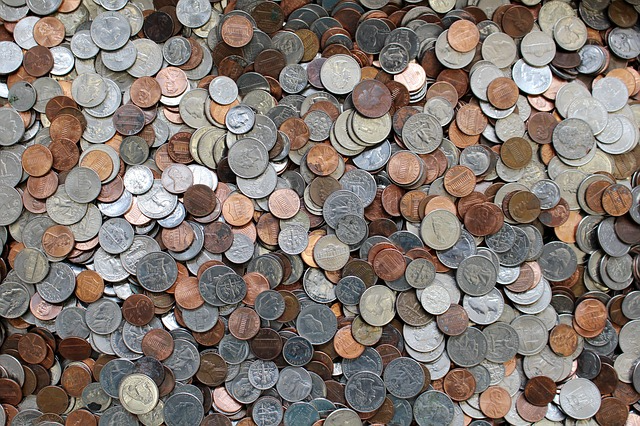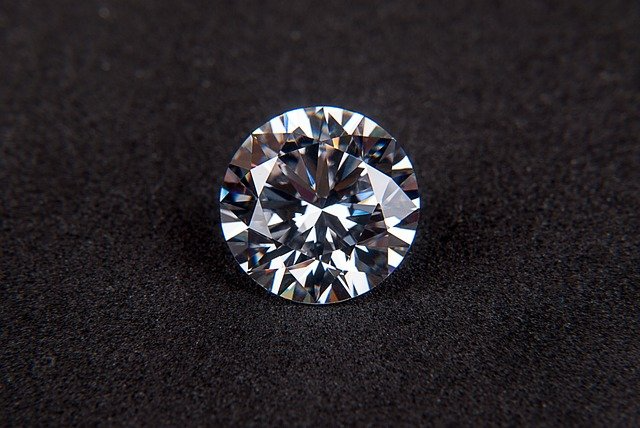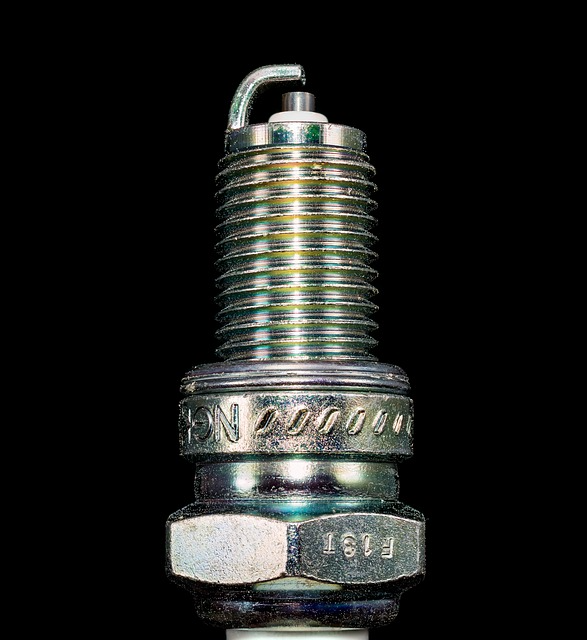Nickel is a chemical element that has an atomic number 28. It has a standard atomic weight of 58.69 and represented by the symbol Ni. It could be found in group 10 and period 4 of the periodic table. It is a d-block element and has a silvery, metallic, lustrous appearance. It has a density of 8.908 g/cm3. Its melting point is 1728 K ?(1455 °C, ?2651 °F) and its boiling point is 3003 K ?(2730 °C, ?4946 °F). There is a dispute on the electronic configuration of Nickel. Nickel has two electronic configurations [Ar] 3d8 4s2 and [Ar] 3d9 4s1. The [Ar] 4s2 3d8 configuration agrees with the Madelung energy ordering rule (Aufbau principle) which predicts that 4s filled first then 3d.
The electronegativity of Nickel is 1.91 (Pauling scale) and its oxidation state may be −2, −1, 0, +1, +2, +3, +4 depending on the bonding atom. The 1st ionization energy required for a Nickel atom is 1st: 737.1 kJ/mol.
Nickel has 26 radioisotopes and five stable isotopes. Nickel-58 is the most abundant isotope. It has 68.077% natural abundance. Nickel was first isolated and discovered by Swedish chemist and mineralogist Axel Fredrik Cronstedt in 1751.
Nickel occurs in combined forms with other elements in its minerals such as nickeline, millerite and pentlandite etc. About 43.65% of the world estimated reserves are to be found in Australia and Indonesia. More than 2.5 million tonnes of nickel are estimated to be mined each year. Indonesia is on the top of the list, Philippines, Russia, New Caledonia, Canada and Australia.
Nickel has a wide range of uses some of the following are.
It is used in stainless steel, coinage, magnets, electric guitar strings, plating, and microphone capsules. It is also used in the hydrogenation of unsaturated oils to make ghee and margarine.




